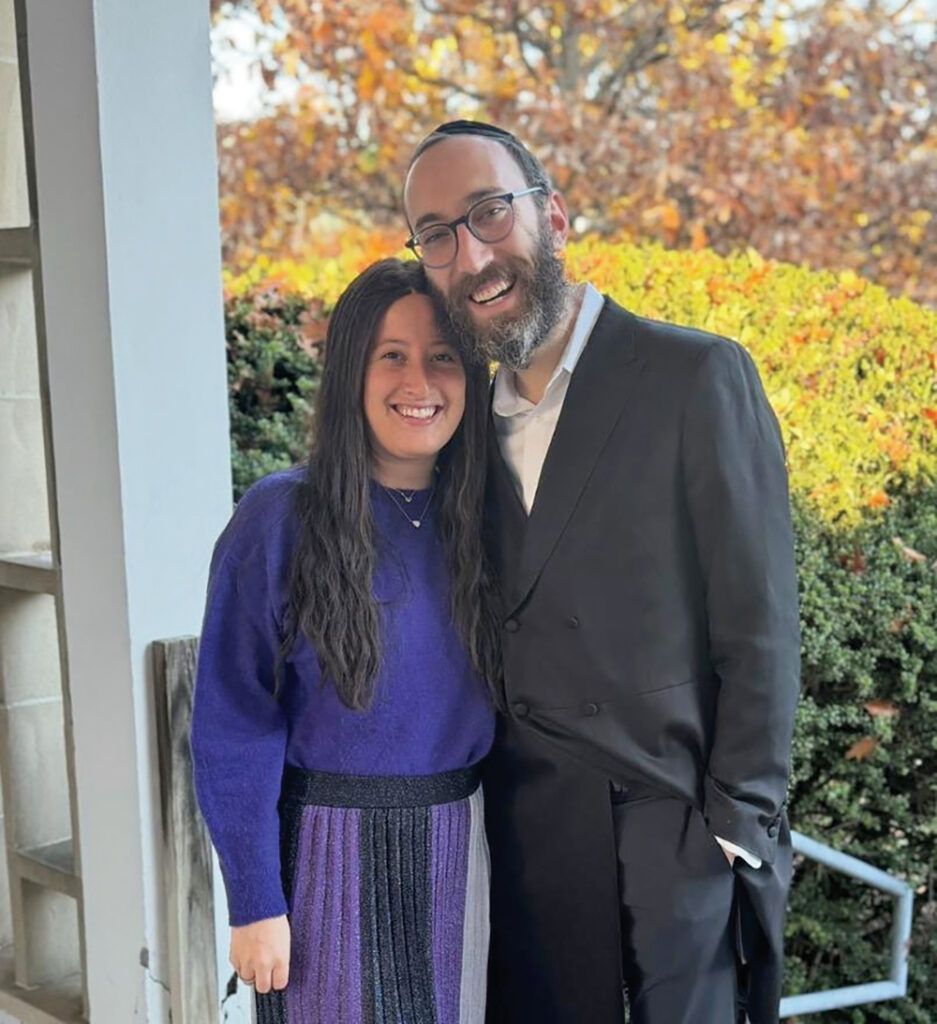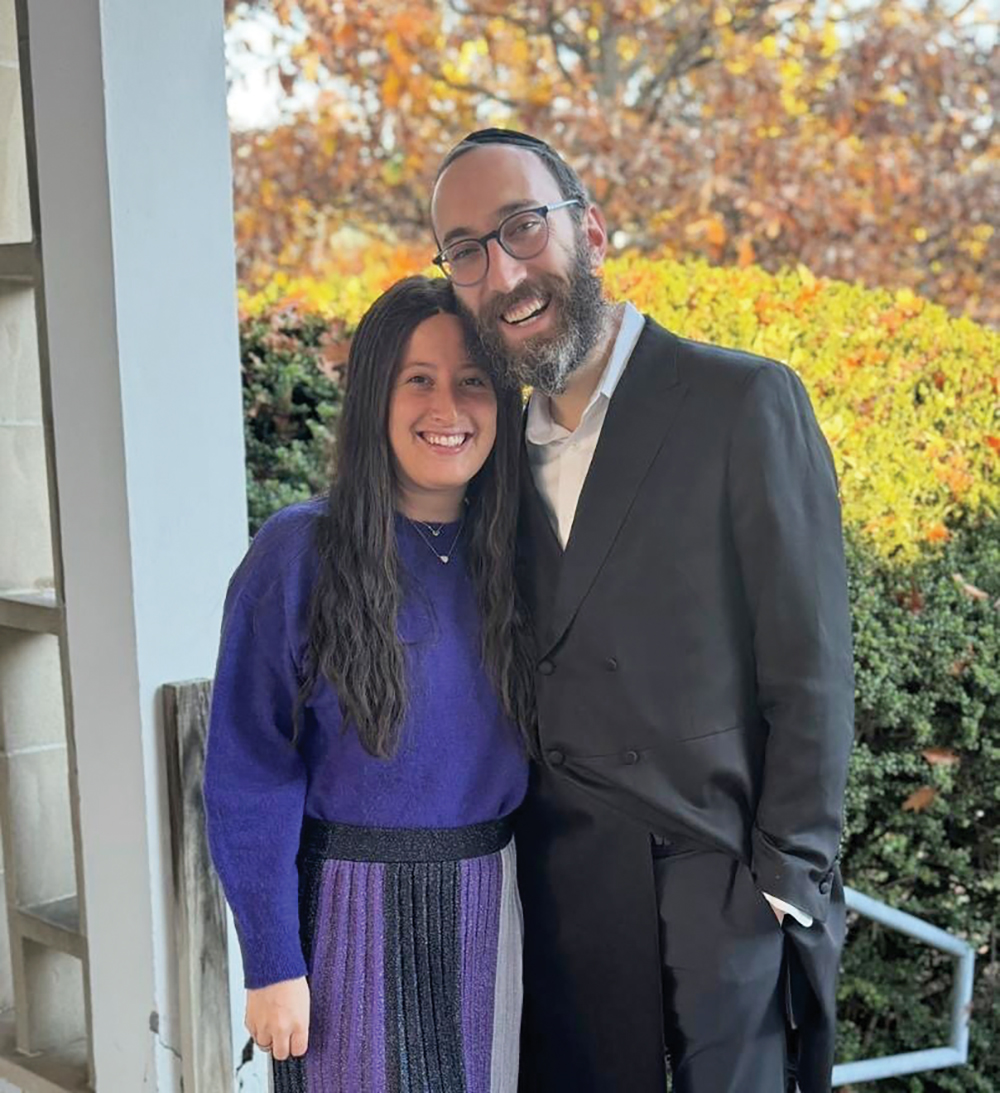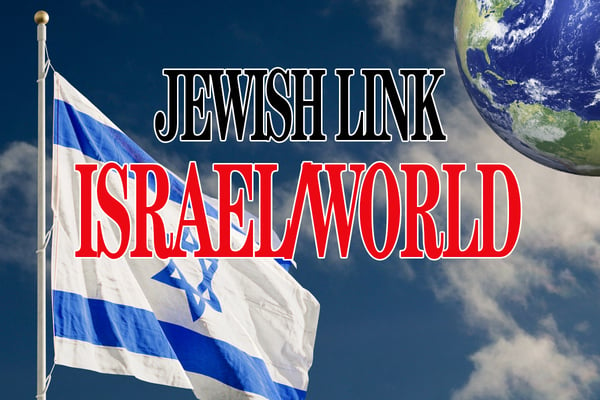
Gabby Stein
For several decades, post-college singles and young marrieds who wanted to live in New York City mostly flocked to the Upper West Side, which had several synagogues in the area and a plethora of kosher restaurants nearby. An Orthodox singles subculture developed, and young marrieds found it a convenient place to begin their life together (until the arrival of one or two kids forced many of them to leave for the suburbs).
As prices for apartments skyrocketed on the Upper West Side, many 20-somethings migrated up north to Washington Heights, which boasted a Manhattan address and was still just a subway ride away from midtown.
Recently, a new phenomenon has developed. Many Orthodox singles and young marrieds are now moving to the Upper East Side, an area that has traditionally attracted older, wealthier and more established families.
What is responsible for this shift? For one, apartments now cost less on the Upper East Side than the Upper West Side. And there has been an increase in age-appropriate and targeted programming by various synagogues and other institutions on the Upper East Side that appeal to the younger demographic.
One of the more interesting demographic changes on the Upper East Side is the recent arrival of many members of the Syrian Jewish community who have migrated from Flatbush to live on the Upper East Side. Many of these families have joined Congregation Kehilath Jeshurun, with others attending the new Edmund J. Safra Synagogue.
Another relatively new synagogue is the Altneu Synagogue, which I have heard was the happening place for young Orthodox professionals. The shul was started by Rabbi Benjamin Goldschmidt, the son of the former chief rabbi in Moscow, and Avital Chizik-Goldschmidt, an extraordinary writer who has now also developed into an extraordinary rebbetzin.
Three years ago, Rabbi Goldschmidt was dismissed as the assistant rabbi at the Park East Synagogue after a bitter dispute with the board and its rabbi—and started the Altneu Synagogue. Many of the younger members of the Park East Synagogue followed him to his new shul, and the synagogue has been thriving ever since. They recently completed the purchase of a new home for the synagogue on 70th Street.
My wife Sharon and I were recently in Manhattan for a Shabbat, and we decided to visit the Altneu Synagogue. When we arrived at the shul at the start of services, it was already half-full of dozens and dozens of men and women under 40 years old. (We were unquestionably the oldest people in the shul!) By Barchu, you couldn’t find a seat—there must have been at least 300 people in attendance.
The shul has adopted some of the mainstays of the Park East Shabbat davening—a professional chazan (albeit one who incorporates popular tunes in the davening that appeal to the younger set rather than traditional chazanut) … highly regarded politicians and Israeli diplomats who are invited to speak from the pulpit on Shabbat … and a lavish kiddush that’s guaranteed to allow you to skip having a big Shabbat lunch meal. Rabbi Goldschmidt and his wife, Avital, have managed to make the davening meaningful and the social setting comfortable—and have succeeded wildly in appealing to the younger crowd.
Perhaps the most interesting new shul on the Upper East Side is the East Side Minyan, which was started a couple of years ago by Rabbi Ethan Stein. A Ramaz high school graduate, Rabbi Stein got married to his wife, Gabby, in 2023, and shortly after that started a Friday night minyan in their one-bedroom apartment. He felt there was a significant hunger and need for a spirited Friday night minyan, and within a few weeks they had more than 40 people attending.
Several months later, it became clear that they needed a larger space, as there was much more that they wanted to do. Their shul doors opened a year ago, on Rosh Chodesh Nissan.
What is unique about the East Side Minyan that distinguishes it from other Orthodox synagogues on the Upper East Side?
“Everything,” said Rabbi Stein. “Our shul is young, vibrant, welcoming, and has a modern feel. Many young people are hesitant to daven at legacy shuls or don’t feel comfortable in certain spaces due to exorbitant membership costs. As a rabbi who also has a full-time job and is close in age to many of our congregants, I’ve been told that this makes me approachable and relatable. Our shul strives to ensure that everyone feels welcome, no matter what their background or dress.”
Rabbi Stein says that his congregants are primarily young, established professionals. But he tries to see each attendee as a world unto themselves. His community includes singles, people who are dating, married couples (including a newlywed couple in their 60s), and parents of congregants.
The shul has recently expanded its activities enormously. “Our shul is constantly active,” said Rabbi Stein. “In addition to Shabbat, Rosh Chodesh, and holiday minyanim, we offer daily and weekly shiurim, guest lectures, events and smachot. Gabby, in addition to running her women’s class, often organizes challah bakes, hamantaschen bakes, and similar events. Gabby and I are incredibly touched when congregants choose to hold their smachot at our shul. Recently, we hosted a weekday minyan so that congregants could name their daughter here. Another woman chose not to travel to Eretz Yisrael with her family for Yom Kippur because she wanted to daven with us at ESM. Our programming and minyanim are electric, and these stories reflect the vibrant spirit of our community.”
Rabbi Stein believes that young Orthodox families are looking for warmth, like-minded peers and a community of people at similar stages in life. “They want to feel connected and find a place where they truly belong,” said Rabbi Stein.
Although the transient nature of folks living in New York City makes it a challenge to establish a lasting community, Rabbi Stein doesn’t see this as a hindrance. “That’s part of the excitement and beauty of living in the city—you never know who is going to walk through the doors at any time. One of the original reasons we started the East Side Minyan was specifically because many of our peers were moving out of town. Some were leaving due to prohibitive costs, while others felt there was no community in which they could raise their families. They lacked a community they could connect with and be excited to be a part of. We understand the transient nature of city dwellers, especially those with growing families, but we don’t let that distract us from providing a meaningful experience while they are still here.”
Rabbi Stein has recently expanded some of the shul’s programming, offering new opportunities that might not be available at other shuls. “We are specifically leading activities that legacy shuls aren’t,” he said. “We have community members giving presentations and shiurim on topics in their fields of expertise and interest. We have a very active WhatsApp group of several hundred members. In addition to our daily classes and shul programming, I also give a daily 15-minute halacha shiur sent out on WhatsApp that people engage with on their way to work. True U’velechtecha BaDerech!”
Rabbi Stein has another day job, in addition to his rabbinic duties at the synagogue, but he is devoting all his free time now to the new shul. “I don’t see myself as a pulpit rabbi. My passion lies in people, and I love connecting with others while sharing my love for Torah and Yiddishkeit.”
Don’t be surprised if you begin hearing more and more stories about the thriving Orthodox community on the Upper East Side.
Michael Feldstein, who lives in Stamford, Connecticut is the author of “Meet Me in the Middle” (meet-me-in-the-middle-book.com), a collection of essays on contemporary Jewish life. He can be reached at michaelgfeldstein@gmail.com.









